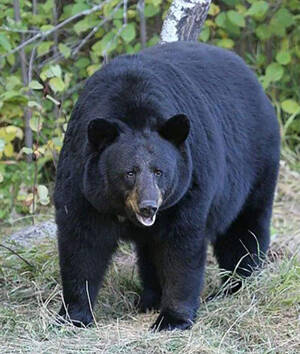
American black bear (scientific name: Ursus americanus) is a large bear with 16 subspecies.American black bears are solitary animals. Their activity time varies depending on where they live and the season. In spring, they often go out to look for food at dawn or dusk, and in summer they spend a lot...
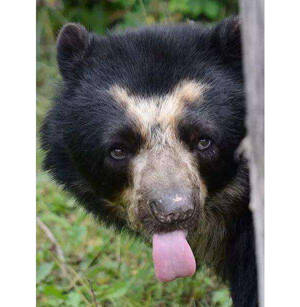
Spectacled bear (scientific name: Tremarctos ornatus) is also known as Andean Bear. It is the only bear species in South America and has no subspecies.Spectacled bears migrate by movement, with a range of 7-27 square kilometers. These bears are unlikely to be highly territorial, as they have been ob...
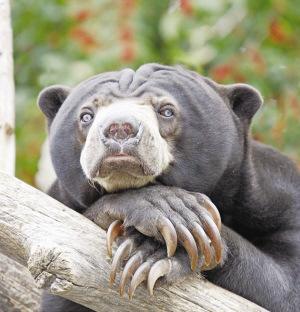
The Latin name of the Sun Bear is Helarctos malayanus. It has two subspecies (the Bornean Sun Bear and the Nominal Sun Bear). It is the smallest bear in the world.Malayan bears have a strange feature, which is their long tongues. Their tongues can be as long as 20-30 cm. As long as it is for the con...
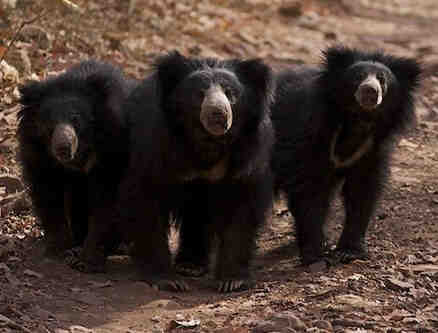
There are 2 subspecies of sloth bears. The tracks of sloth bears are similar to those of humans, but sloth bears can run faster than humans.Early explorers observed "sloth bears" hanging upside down in trees and named this species "ursinus". The sloth bear has a prominent nose an...

The giant panda has lived on the earth for at least 8 million years and is a first-level protected animal in China. At the end of 2016, the World Conservation Union (IUCN) downgraded the giant panda's threat level from "endangered" to "vulnerable" . However, due to its low fertility rate, it...
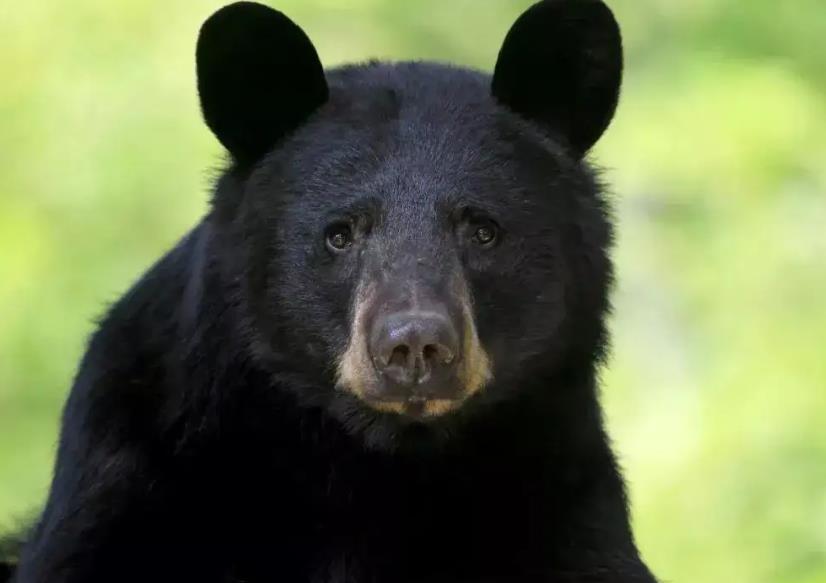
Black bears, also known as Asiatic black bears, were historically placed in a separate genus <Selenarctos>. A wild hybrid between a black bear and a sun bear has been recorded in Cambodia. Black bears use a variety of forest habitats within their distribution area, including broadleaf forests and coniferous forests. The altitude span of their activities can range from close to sea level to 4000m, and they may occasionally appear in open meadows at high altitudes. Black bears are om...

The giant panda (Ailuropoda melanoleuca) is one of the most iconic and endangered species in the world, exclusively found in the mountainous forests of China. While modern pandas are well known for their bamboo-based diet and distinctive black-and-white fur, their evolutionary history spans millions...

The giant panda (Ailuropoda melanoleuca) is one of the most iconic species in the world, yet it is exclusively found in China. Despite their global fame and widespread efforts in panda conservation, wild giant pandas have never been naturally found outside of China. But why is this? In this article,...

The giant panda (Ailuropoda melanoleuca), a member of the bear family, is one of the most iconic and endangered species in the world. Native to the mountain ranges of central China, pandas are known for their distinct black and white fur and their bamboo-based diet. While pandas may appear similar,...

The giant panda (Ailuropoda melanoleuca), China’s national treasure, is globally admired for its adorable appearance and bamboo diet. However, few people know that in ancient Chinese texts, pandas were once referred to as "Shi Tie Shou" (食铁兽), meaning the ‘Iron-Eating Beast’. This in...

One of the most beloved and enigmatic animals in the world is the giant panda. giant panda (Ailuropoda melanoleuca), also known as the panda bear or simply panda,Known for its distinctive black-and-white fur and playful demeanor, the giant panda has captivated the hearts of people globally. However...
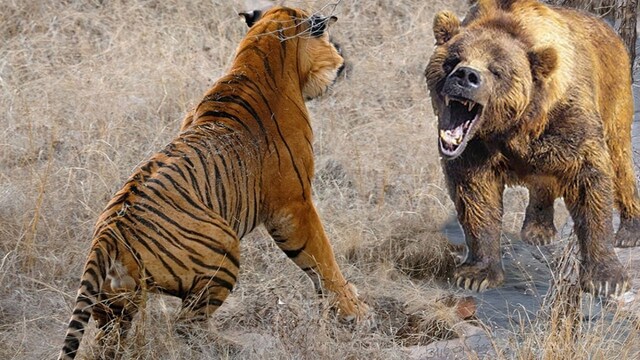
The debate over who would win in a fight between a bear and a tiger has fascinated animal lovers, wildlife enthusiasts, and experts alike for centuries. Both of these apex predators are incredibly powerful, yet they each have unique traits and capabilities that make them formidable in their respecti...
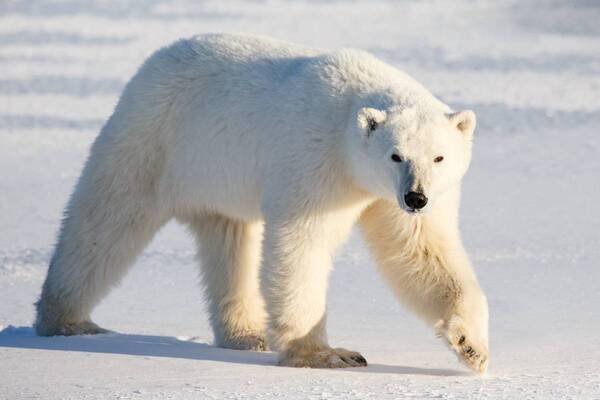
Bears, renowned for their strength, size, and adaptability, are some of the most fascinating and formidable creatures on the planet. Despite their often cuddly portrayal in popular media, bears, especially the largest species, are powerful apex predators with a range of survival strategies. This art...

Polar bears (Ursus maritimus) are one of the largest and most powerful land carnivores, uniquely adapted to survive in the harsh, cold environment of the Arctic. Due to their high energy needs and the extreme conditions in which they live, polar bears have evolved a specialized diet to meet their nu...